What is LRT™ and Why is it Crucial for Modern Live Streaming?
Guest post by No More Work
In today’s world, live broadcasting of various events, whether it be product launches, conferences, seminars, or sports events, both indoor and outdoor, has become immensely popular. This includes broadcasting from remote locations with unstable signals. Live streaming allows everyone to experience the atmosphere of these events, regardless of their physical location. The quality of live streaming has evolved significantly, reaching resolutions like 1080P, 2K, and 4K. However, few people know about the behind-the-scenes technology and equipment required to broadcast these live events. One key component in this process is LRT™ or LiveU Reliable Transport. In this article by No More Work, we will explore what LRT™ is and its importance in the realm of current live streaming.
What is LRT™?
LRT™ stands for LiveU Reliable Transport, a protocol developed by LiveU for transmitting video and audio. It is designed to support low-latency, high-flexibility video and audio streaming, making it particularly well-suited for the unique characteristics of cellular 4G/5G networks, as well as traditional wired and wireless networks. LRT™ is specifically optimized to accommodate multiple IP connections, such as 4G or 5G internet SIM cards, WiFi, LAN, or other internet connections. This technology is integral in ensuring reliable and high-quality live streaming, especially in environments where network conditions are variable or challenging.
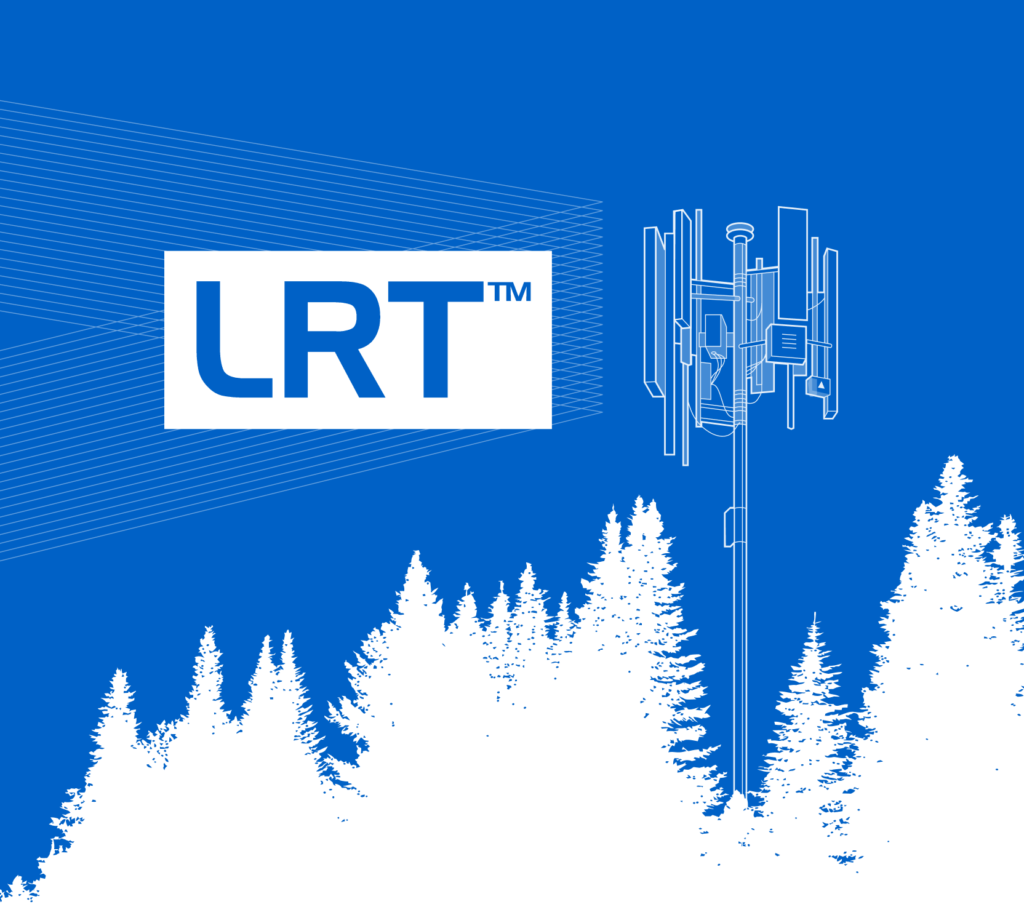
How LRT™ Works and Its Current Stability
LRT™, a technology from LiveU, operates on the principle of bonding or combining multiple internet signal channels. This includes various communication channels such as WiFi, LAN, SIM cards (whether 4G or 5G), and other internet connections. All these channels are integrated into the LiveU device. The backend system of LiveU utilizes the LRT™ protocol to transmit video and audio to the cloud or a server system. From there, the signal is converted into formats like RTMP or SRT and then broadcast to platforms like Facebook, YouTube, or any other desired channel for video distribution.
In the LiveU device itself, the internet comes from multiple sources, including LAN, WiFi, and SIM cards. The number of SIM cards can vary, with the device supporting one, two, three, or even four SIM cards, depending on the requirements.
This multi-channel approach ensures a high level of stability and reliability in the LRT™ system. By aggregating various internet sources, LRT™ can maintain a consistent and high-quality stream, even in environments where individual internet connections might be unstable or weak. This makes LRT™ an essential tool for professional-grade live streaming in various conditions and locations.
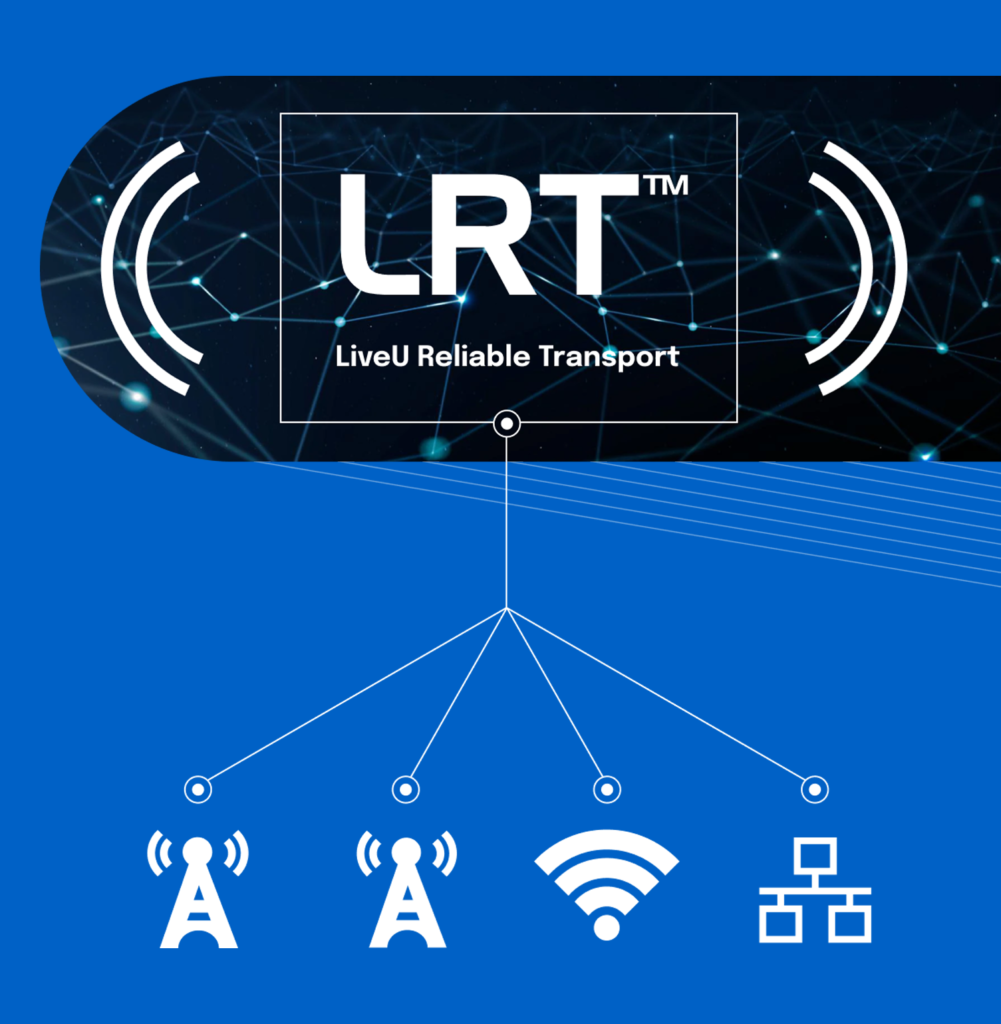
Current Stability of LRT™
Regarding the stability of LRT™ (LiveU Reliable Transport) in the present context, from the perspective of professionals in the production field, LRT™ is highly reliable. If quantified, its reliability could be rated at 99.99%. This high level of dependability is due to its ability to support up to 4 connections on LiveU Solo and 6 on Solo PRO. In the event that one of these signals fails or drops, the remaining signals compensate by enhancing their quality to maintain the stream. This redundancy ensures that the live broadcast can continue smoothly without significant interruptions or quality degradation.
Such a high reliability rate is crucial in professional settings where uninterrupted and high-quality live streaming is essential. The ability of LRT™ to adapt and maintain performance even when one of the signal sources becomes unstable is a key factor in its widespread adoption and trust in the production industry.
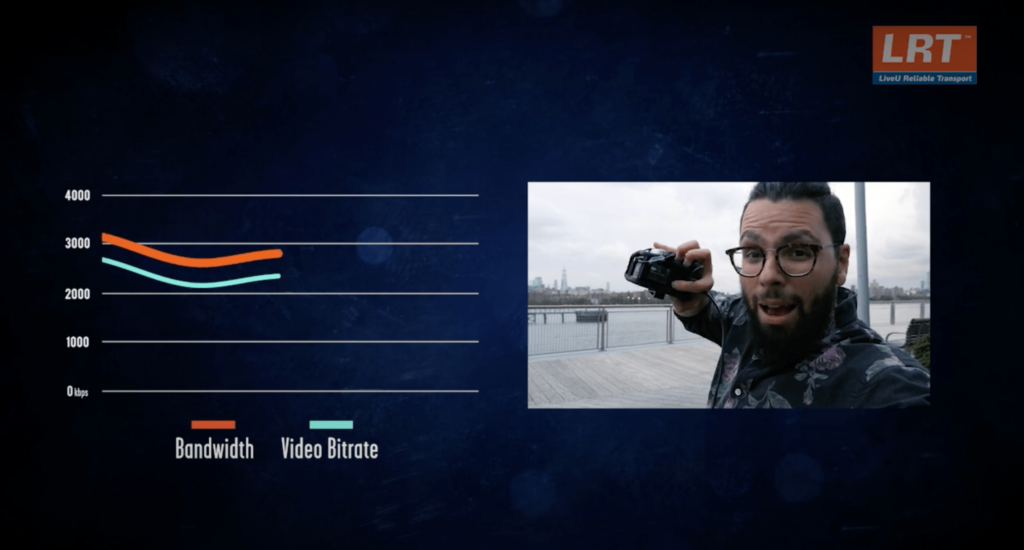
Advantages of LRT™
The key advantage of LRT™ (LiveU Reliable Transport) lies in its ability to manage and adapt to changes in signal quality, particularly when using multiple signal sources. For instance, if you are broadcasting using four different signal sources (like WiFi, LAN, and SIM cards), and one of these sources suddenly drops or experiences instability, the LRT™ system ensures that your video and audio do not disappear. However, it’s important to note that while the stream continues, there might be a slight, momentary drop in quality.
For example, if your stream initially operates at a bitrate of 6,000, and one signal source fails, reducing the bitrate by 1,000-2,000, the overall bitrate might temporarily drop to 4,000. However, the remaining three signal sources will gradually increase their output to compensate for the loss. Instead of each contributing 1,000 to the bitrate, they might increase their output to 2,000 each, eventually bringing the total bitrate back up to 6,000.
Even if you’re left with only one signal source, LRT™ can still maintain a high bitrate, potentially up to 6,000. This raises a question: why use four SIM cards if one can achieve the same bitrate? The answer lies in the variability of internet speed. While a single SIM card might reach high speeds during a short test, internet speeds can fluctuate over longer periods, such as during a 1-2 hour event, or even longer broadcasts. Using multiple SIM cards provides a backup in case one loses signal, ensuring continuous and stable streaming.
In essence, the use of multiple signal sources in LRT™ allows for a more stable and reliable streaming experience. Each source can compensate for fluctuations in the others, maintaining overall performance and quality. This redundancy is crucial for professional live streaming, where maintaining a consistent, high-quality broadcast is essential.
Summary of the Advantages of LRT™
- Flexibility and Ease of Use: One of the primary benefits of LRT™ (LiveU Reliable Transport) is its flexibility. Even if a LiveU device is equipped to handle four SIM cards, it can adapt to situations where one or more SIMs are not functioning, or even if a SIM is accidentally not inserted. Users can easily check, set up, or replace SIM cards on the fly without interrupting the ongoing streaming process.
- Adaptability to Different Locations and Networks: LRT™’s adaptability is evident in its ability to integrate and utilize various types of internet connections. For instance, if you arrive at a location with available WiFi, you can add this to your existing setup, increasing your connection sources from three to four. LRT™ efficiently manages these different channels to maintain a stable and high-quality stream.
- Impact on the Live Streaming Industry: The introduction of LRT™ has significantly impacted the live streaming industry, especially in terms of reliability. With the advent of 5G, the bandwidth for live streaming has increased, allowing for more stable and high-quality broadcasts. Even in crowded situations where network congestion might occur, LRT’s ability to switch between different network providers (like AIS, True, NT, LAN, or WiFi) ensures a consistent and reliable connection.
- Reduced Concerns for Production Teams: For live production teams, LRT™ in LiveU devices has reduced the level of concern regarding internet stability. This allows teams to focus more on other critical aspects of production, such as graphics, camera work, and audio quality.
- Importance in Live Broadcasting: LRT™ technology has made a significant difference in live broadcasting, particularly in challenging environments like outdoor sports events. The stability and versatility of LRT™ mean that camera operators can easily manage connectivity issues on their own without needing technical support. This ease of use and reliability is highly valued by professionals in live broadcasting.
In summary, LRT™ technology has brought about a revolution in live streaming, offering unparalleled flexibility, adaptability, and reliability. This has not only eased the concerns of production teams but also enhanced the overall quality and consistency of live broadcasts.
Types of Live Broadcasts Suitable for LRT™
LRT™ (LiveU Reliable Transport) is highly versatile and suitable for a wide range of live broadcasting scenarios. According to Nomore Network, LRT™ is appropriate for virtually every type of live event. Here are some examples:
Event Broadcasts
Event Broadcasts: This includes various events such as corporate events, product launches, and other special events where live coverage is essential. LRT™’s reliability ensures that these events are broadcast smoothly, regardless of the location.
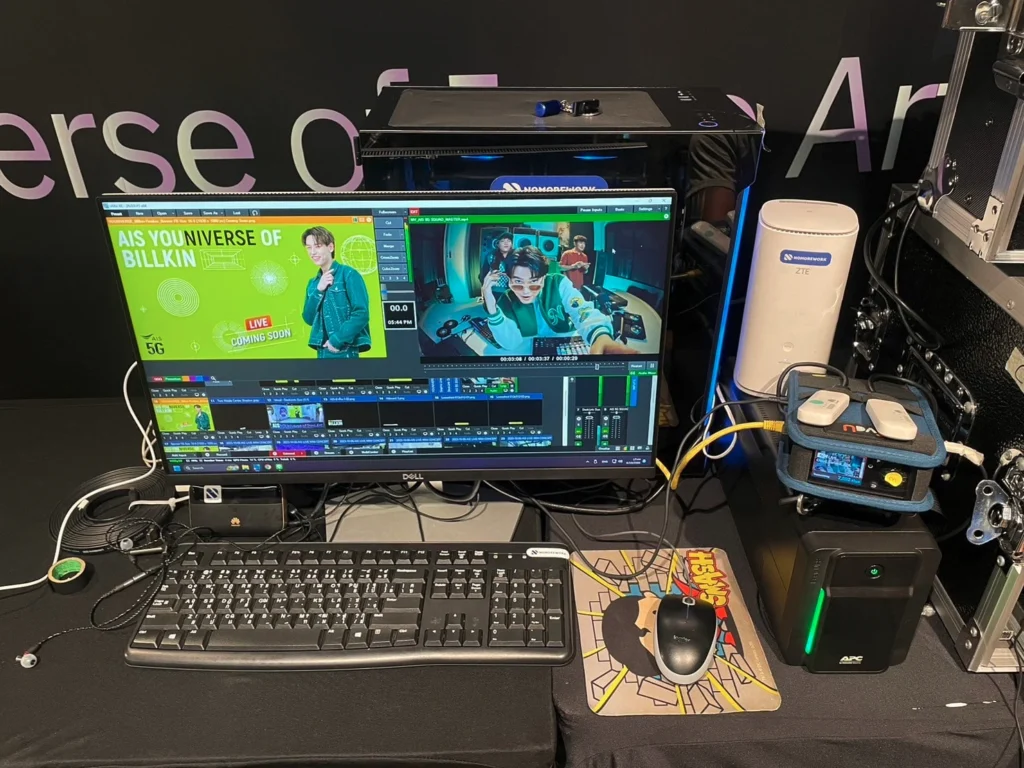
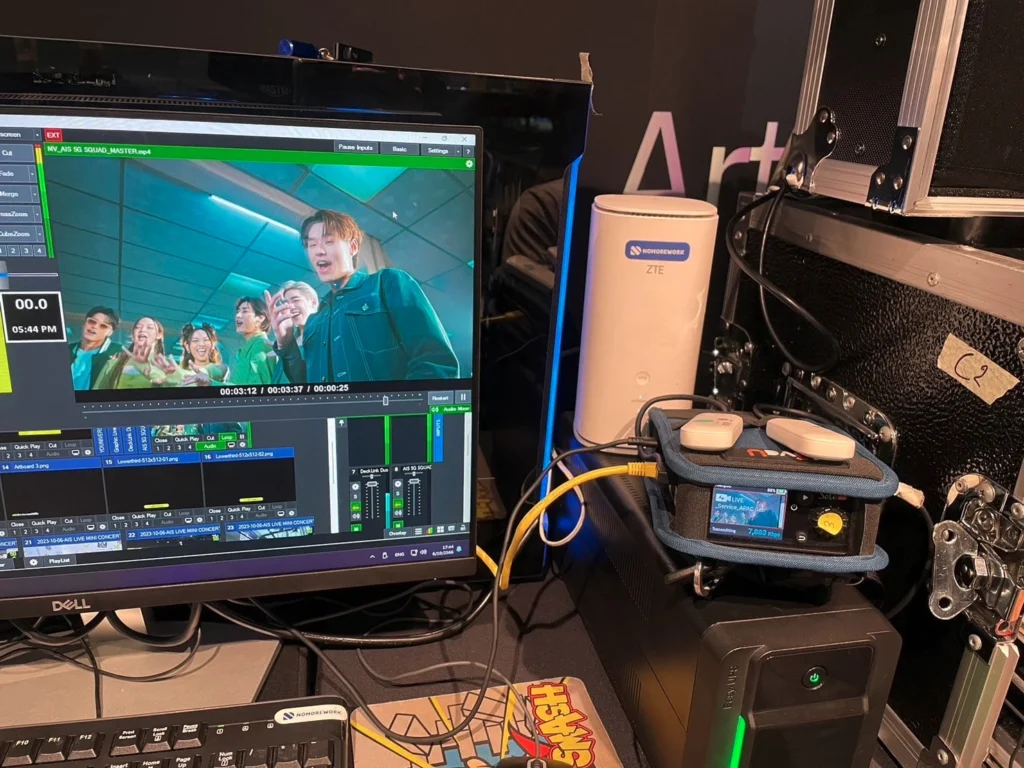
Sports Events (Indoor and Outdoor)
Sports Events (Indoor and Outdoor): LRT™ is particularly beneficial for sports events, both indoor and outdoor. Its ability to handle diverse and challenging environments makes it ideal for broadcasting sports events where connectivity might be an issue.

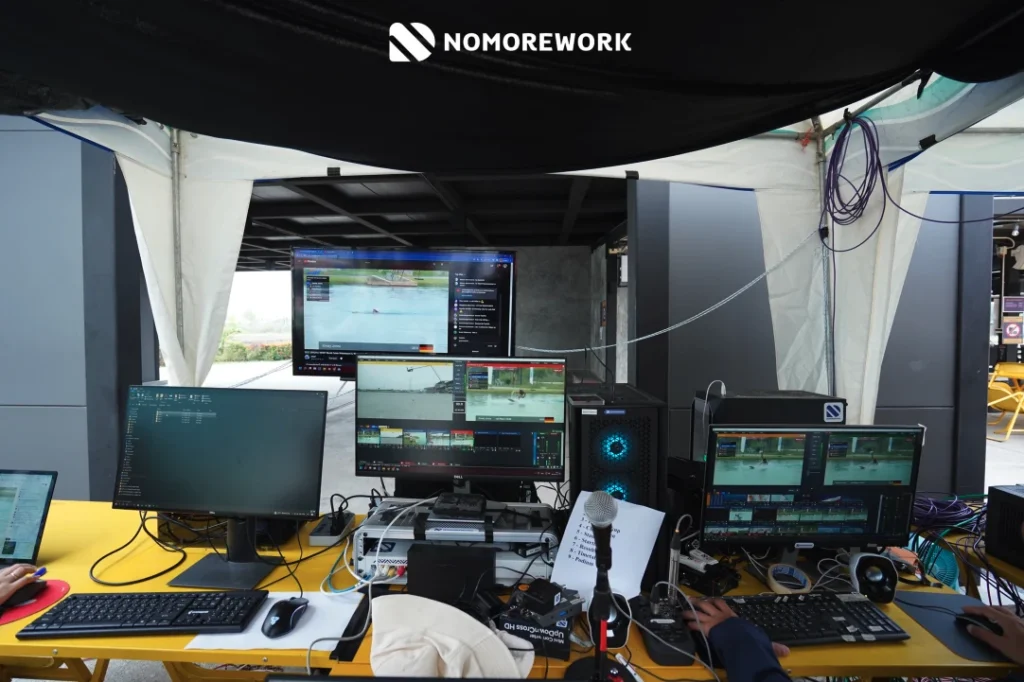
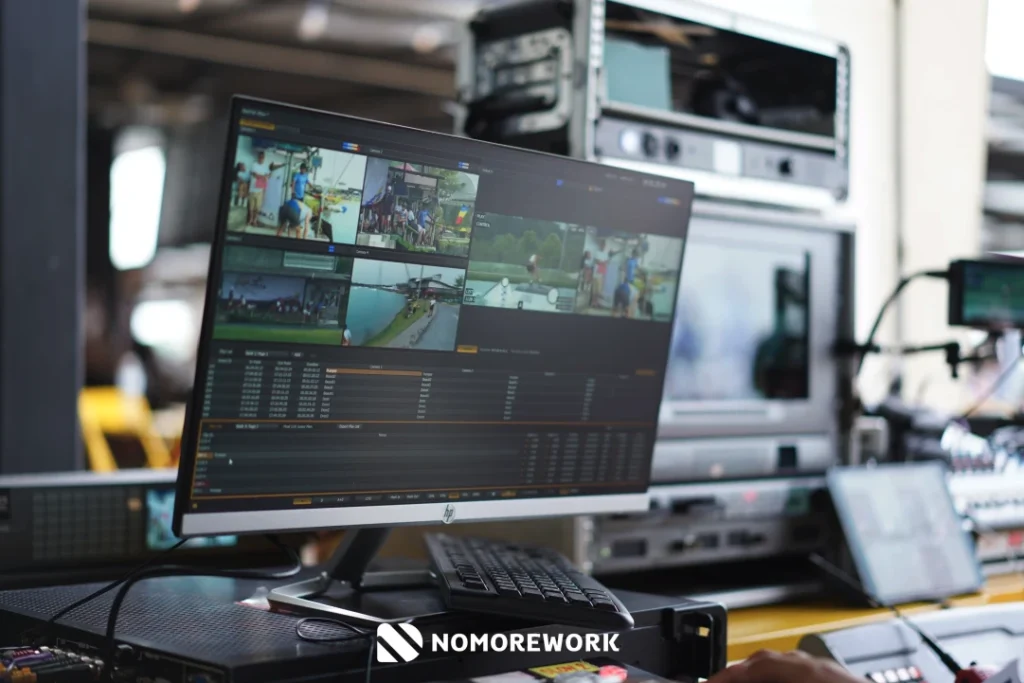
Live Streams in Fixed and Mobile Settings
Live Streams in Fixed and Mobile Settings: Whether the camera is stationary or moving, LRT™ can handle the dynamic nature of live streaming. This is crucial for events that require movement, such as parades, walking tours, or any event where the camera needs to move with the action.
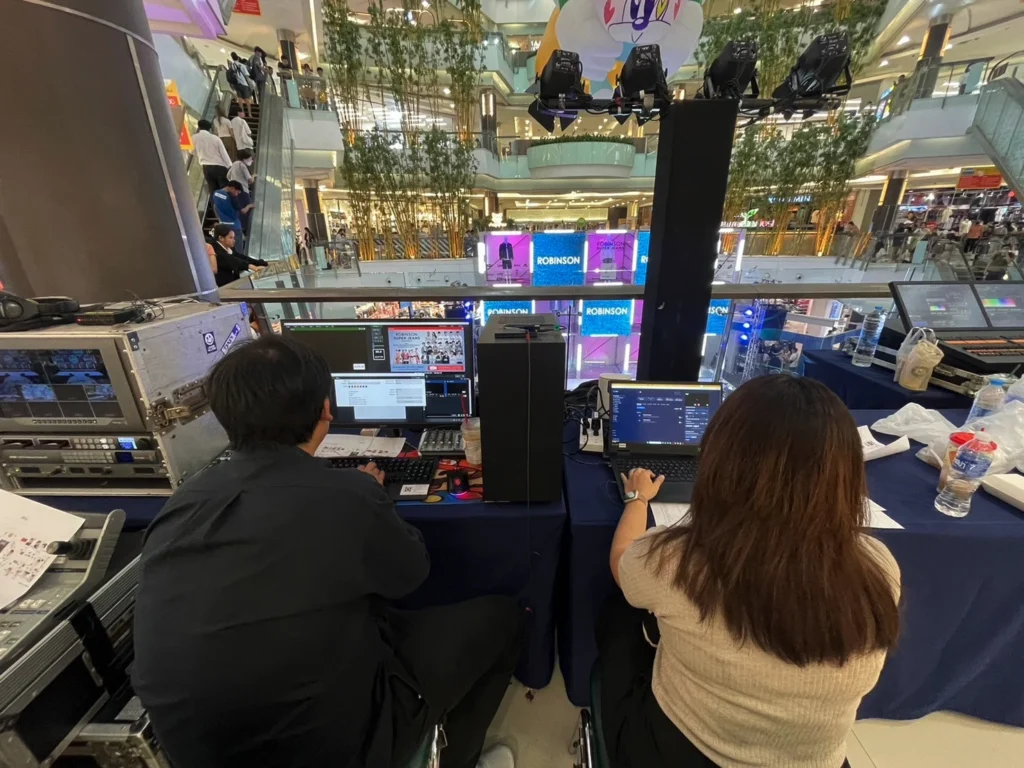
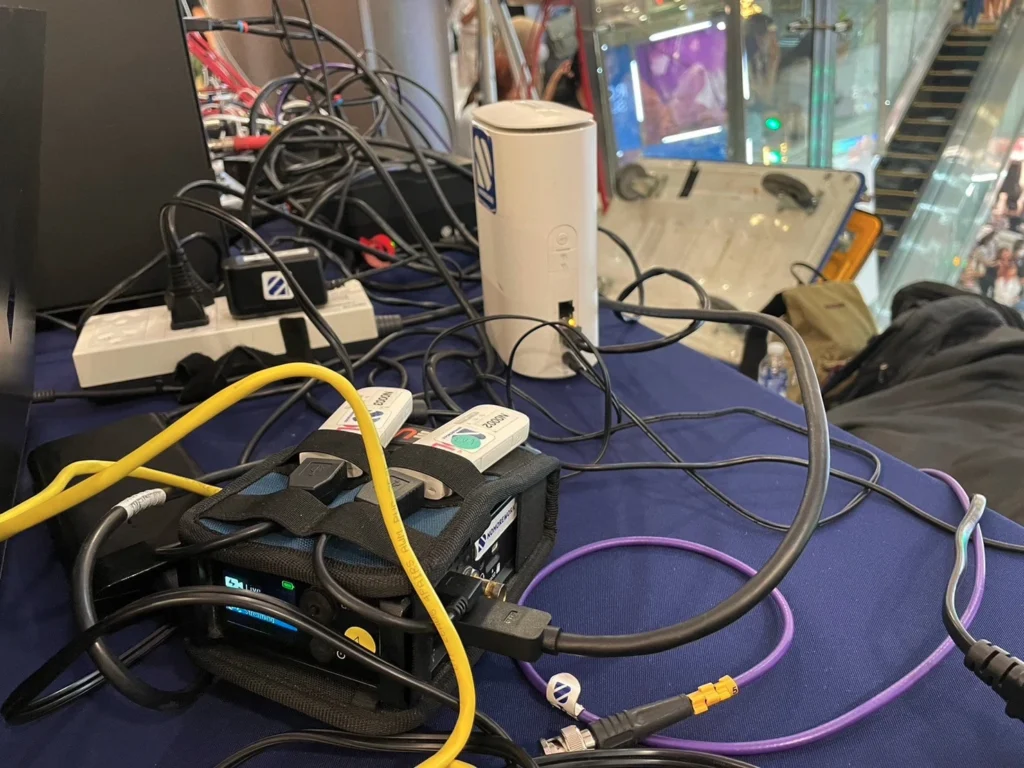
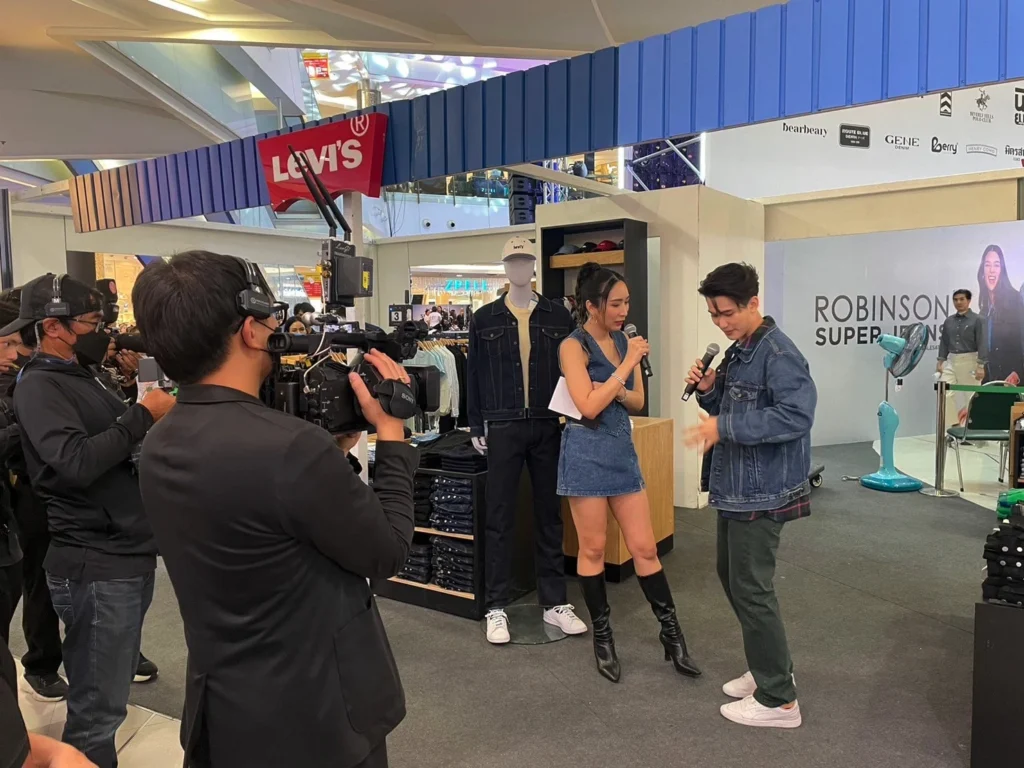
Remote Location Broadcasts
Remote Location Broadcasts: LRT™ is especially useful in remote or challenging locations where internet connectivity is inconsistent or weak. Its ability to bond multiple network connections ensures a stable and high-quality stream even in areas with poor network coverage.
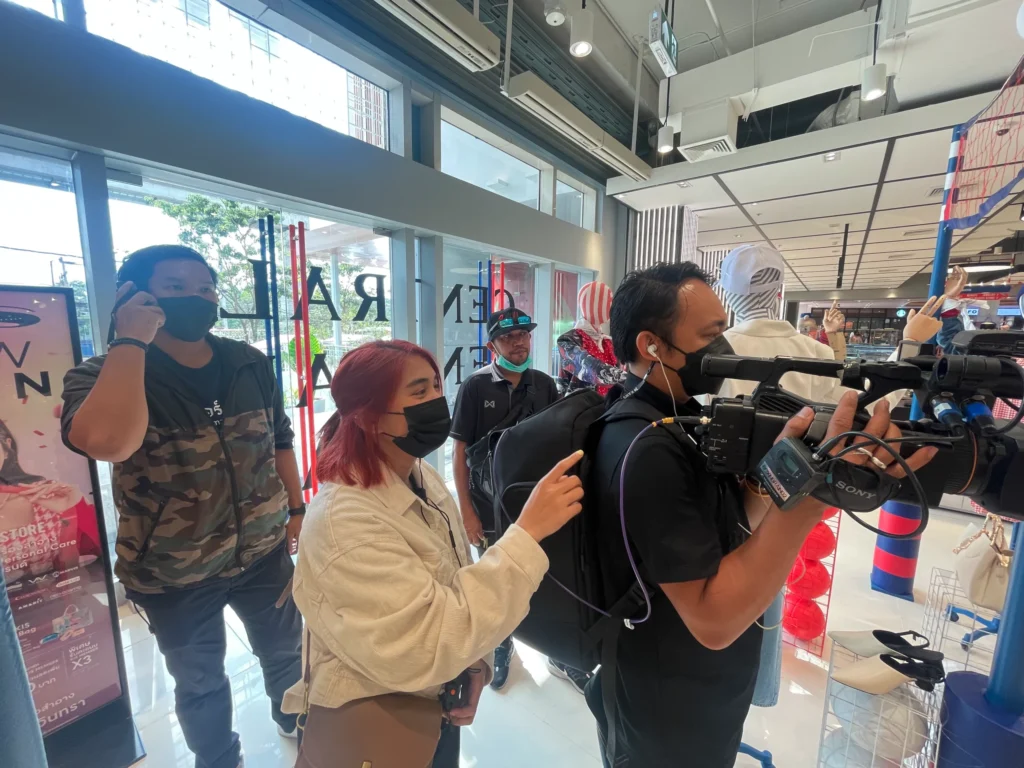
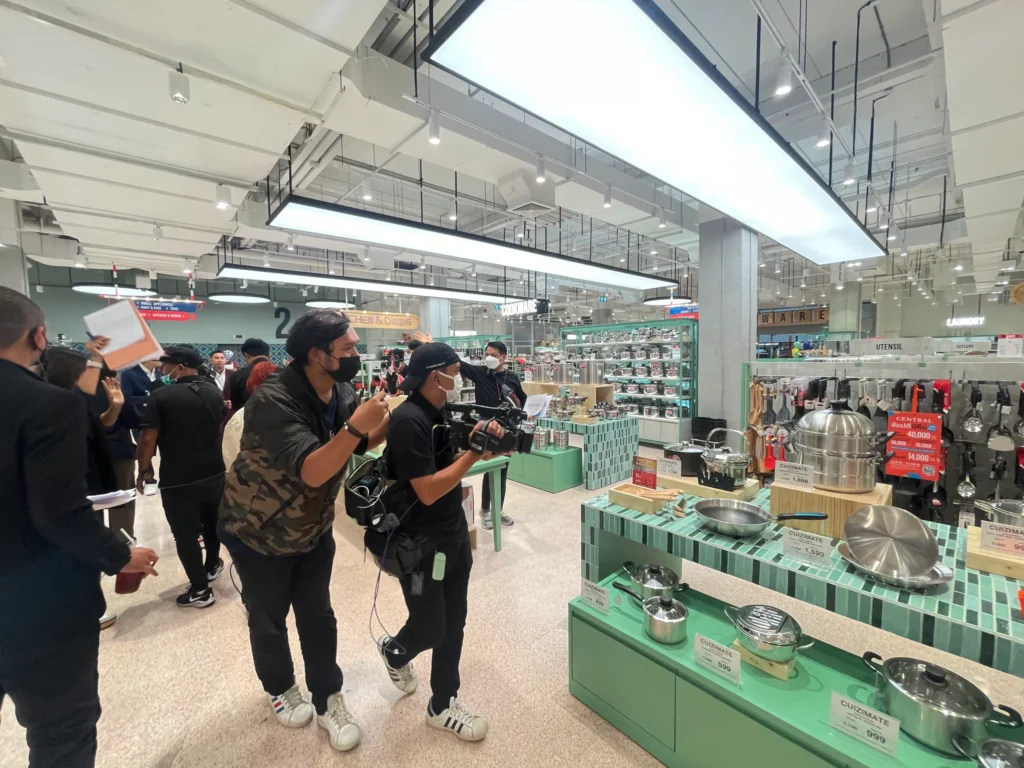
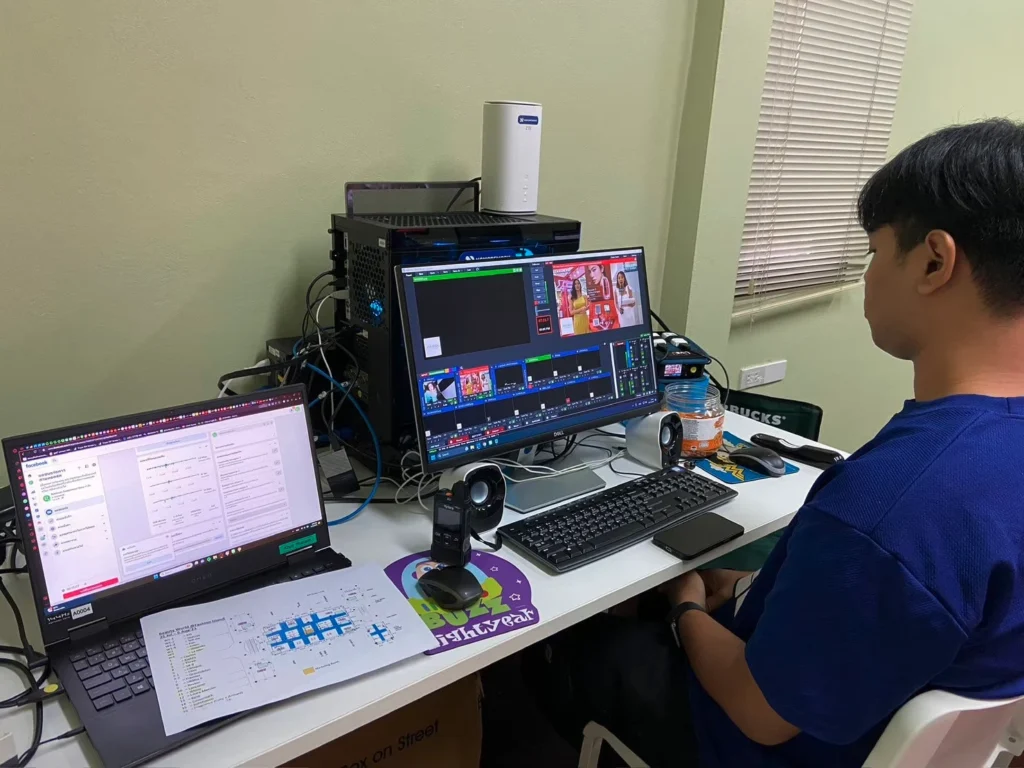
In summary, LRT™’s robust and flexible technology makes it suitable for a wide array of live broadcasting scenarios, particularly those that involve challenging environments or require high mobility. Its ability to ensure stable and high-quality broadcasts regardless of location or network conditions makes it a valuable tool in the live broadcasting industry.
Example: Thailand Doi Inthanon by UTMB
A practical example of LRT™’s capabilities can be seen in the Thailand Doi Inthanon by UTMB event covered by NOMOREWORK. This challenging outdoor sports event highlighted the importance of reliable internet connectivity in remote areas. To address connectivity issues, the team coordinated with network providers like AIS and True to install signal boosters in areas with weak or no signal. This preparation, combined with LRT™’s ability to manage and optimize available network connections, ensured a successful live broadcast of the event.
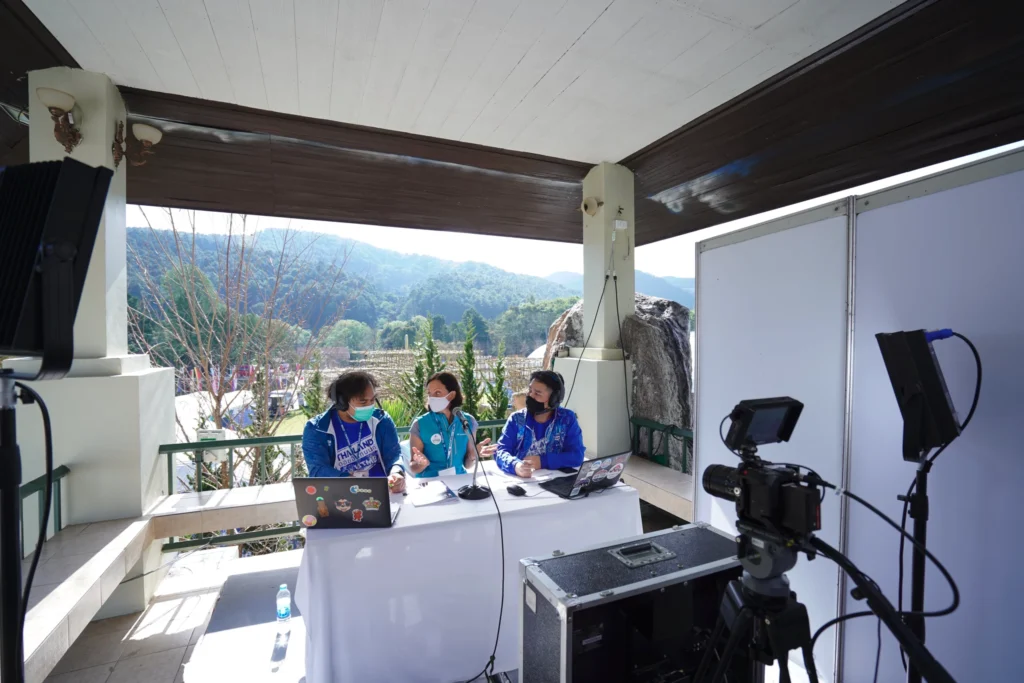
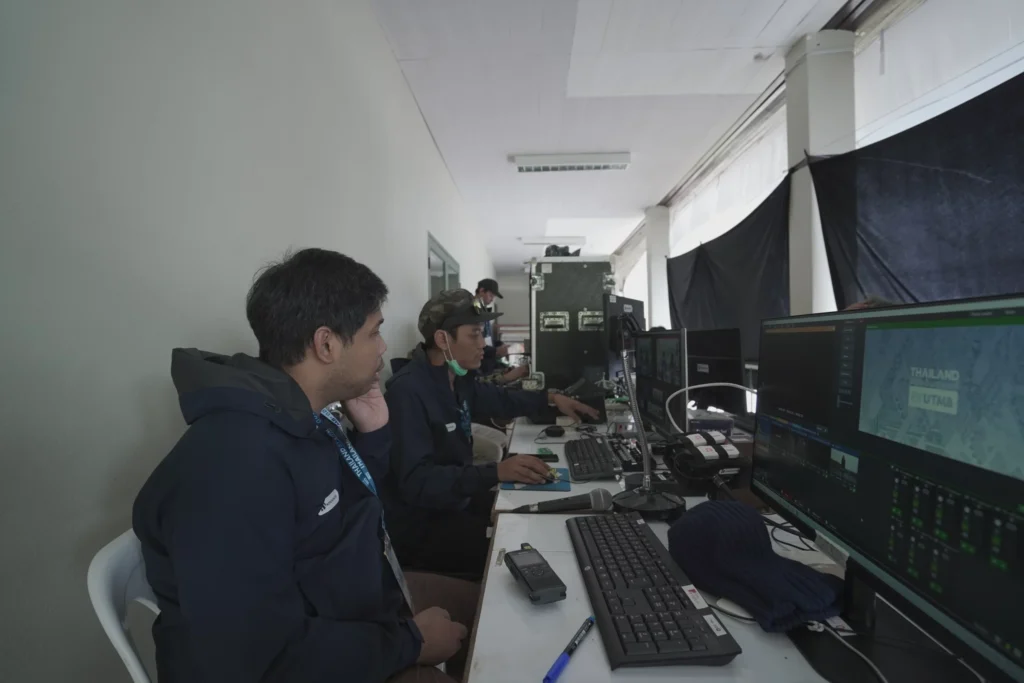
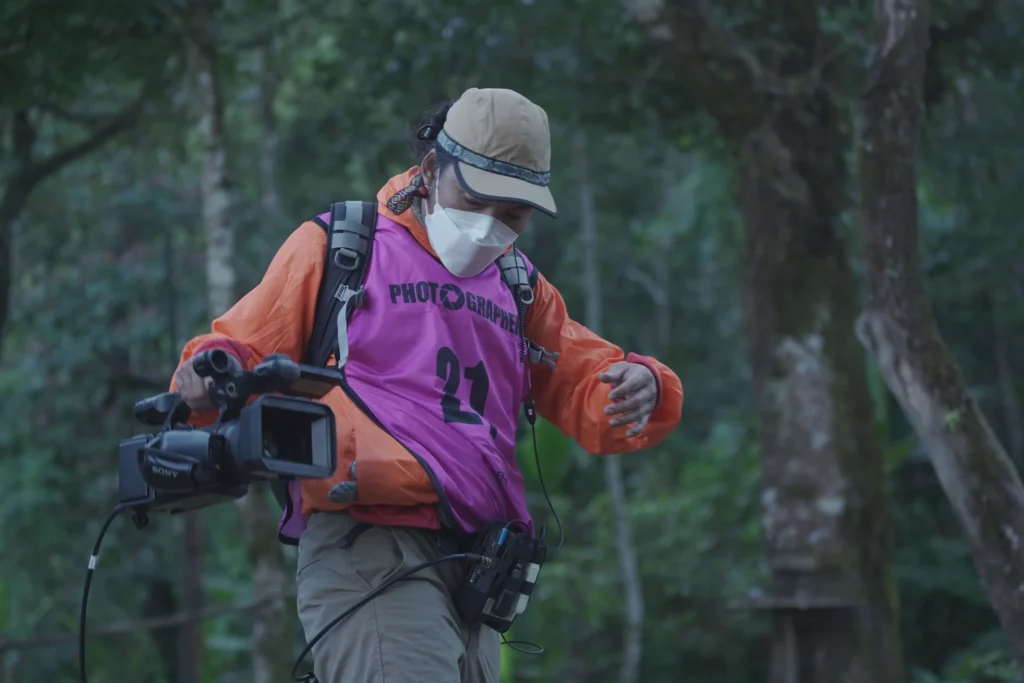
Example: Central The Great Chinese New
In the case of the Central The Great Chinese New Year 2023 event, the live broadcast team from NOMOREWORK needed to be particularly vigilant about the transmission of video signals. We utilized two cameras to send footage to the Cloud Server and then retrieved it for switching purposes. A challenge we often encountered was the potential delay between video and audio, which might not always synchronize perfectly. However, a significant advantage of using LiveU is that even if there is a delay in video and audio, it is usually minimal and barely noticeable to the viewers. Nevertheless, if the broadcast continues over an extended period, this delay can become more apparent. Our solution to this issue is to reset the system to realign the video and audio, thereby minimizing any delay.


To summarize the experiences from the two events we discussed
Thailand Doi Inthanon By UTMB
Thailand Doi Inthanon By UTMB: In this outdoor live event, the primary concern was the signal strength due to the remote location. However, there was less worry about the delay in video and audio synchronization since only one camera was used for both video and audio transmission. The challenge was ensuring a stable internet connection in an outdoor setting, which was addressed by coordinating with network providers to enhance signal coverage.
Central The Great Chinese New Year 2023
Central The Great Chinese New Year 2023: For this event, held in a shopping mall with a high population density, the concern shifted towards managing the signal transmission and slight delays between video and audio, as multiple cameras were used. However, the signal strength was not a concern due to the reliable internet infrastructure in such a crowded and well-equipped indoor environment.
In both cases, the LiveU system played a crucial role in addressing these challenges, demonstrating its versatility and reliability in different event settings.

